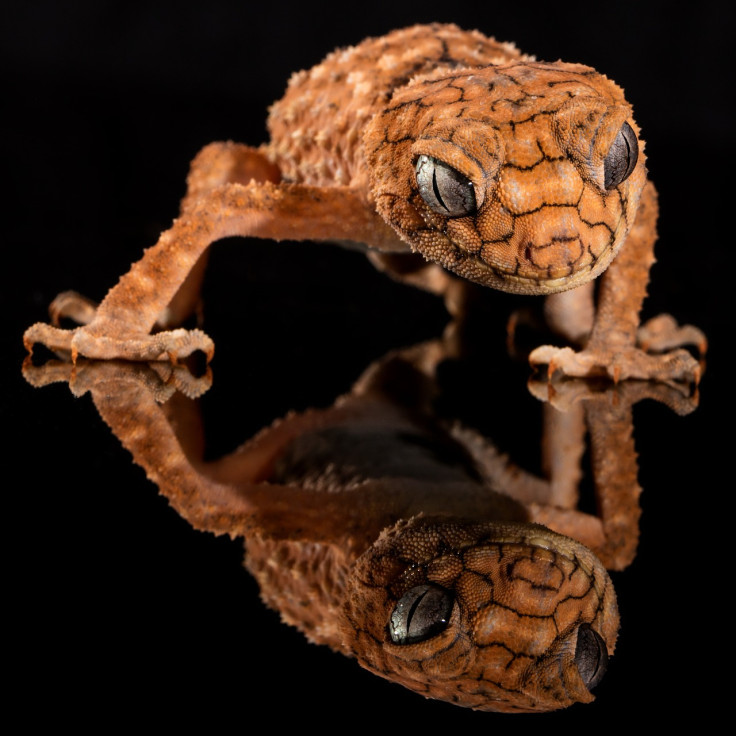This New Gecko Species Has A Spiny, Dragon-Like Tail [Photo]
KEY POINTS
- The new Kolekanos species has distinctive spines on its tail
- Its discovery doubles the number of members in its genus
- It also contributes to the increasing knowledge of Angola's biodiversity
A team of researchers discovered a new leaf-toed gecko species in western Angola, and it has a rather striking dragon-like tail.
Angolan researcher Pedro Vaz Pinto was on a "routine night walk" with his son in August of 2021 when they spotted the unique gecko, one of the study authors, Javier Lobon-Rovira, said in a post on Pensoft Publishers' website. Among the creature's stunning features is a spiny tail that one would almost expect to see on a dragon.
"Guys, I think I found a new Kolekanos," Pinto said, according to Lobon-Robira. Pinto reportedly shared photos of the creature with him and Werner Conradie, who would later be his study co-authors in the paper describing the find, now published in ZooKeys.
One can see the incredible tail of the newly discovered gecko in the image shared by Zookeys on Twitter, on Lobon-Rovira's guest post, and in these photos from the study.
🆕From the arid coastal region of southern Angola, a brand new #gecko species🦎 Check out the story behind its discovery, as told by @LobonRovira on the @Pensoft blog: https://t.co/j8bCn8xp3p pic.twitter.com/kzCLSIFmQF
— ZooKeys (@ZooKeys_Journal) November 4, 2022
Three months later, the researchers returned to the site in Carivo to find more of the creatures.
Indeed, their analysis confirmed the creature to be a new species. The researchers named it Kolekanos spinicaudus, which was derived from the Latin words "spina" and "cauda" because of its spiny tail compared to the "feathered-like" one of the only other species in the genus, the K. plumicaudus.
So far, the species appears to be "relatively common, but highly localized," the researchers said. But further research would be needed to determine its distribution and abundance, so they recommend an International Union for Conservation of Nature (IUCN) Red List listing of "Data Deficient."
African leaf-toed geckos are among the most "taxonomically problematic Gekkonidae groups" in Africa, the researchers explained. Angolan leaf-toed geckos, for instance, used to be members of one branch, which was represented by only two species. But they were separated into two genera: the Kolekanos and Bauerius, with the Kolekanos harboring only the K. plumicaudus.
Now, the number of the Kolekanos species has doubled with the discovery of the K. spinicaudus.
"The new species adds to the rapidly growing and newly-recognized endemic biodiversity of Angola," the researchers wrote.
This also shows how some regions of the country, which is located on the west coast of southern Africa, have remained "poorly explored and understood," Lobon-Rovira said.

© Copyright IBTimes 2025. All rights reserved.






















